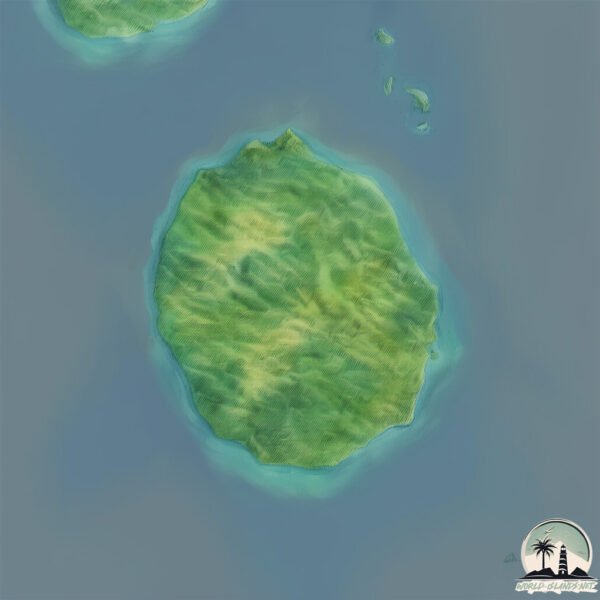Welcome to Nosy Komba , a Tropical island in the Mozambique Channel, part of the majestic Indian Ocean. This guide offers a comprehensive overview of what makes Nosy Komba unique – from its geography and climate to its population, infrastructure, and beyond. Dive into the details:
Geography and size of Nosy Komba
Size: 24.6 km²Coastline: 19.4 kmOcean: Indian OceanSea: Mozambique ChannelContinent: Africa
Nosy Komba is a Medium Island spanning 25 km² with a coastline of 19 km.
Archipel: –
Tectonic Plate: Pacific – The world’s largest tectonic plate, covering much of the Pacific Ocean, known for the Pacific Ring of Fire with extensive seismic and volcanic activity.
The geographic heart of the island is pinpointed at these coordinates:
Climate and weather of Nosy Komba
Climate Zone: TropicalClimate Details: Tropical Monsoon ClimateTemperature: Hot
Climate Characteristics: Characterized by heavy rainfall, high humidity, and uniformly high temperatures, but with a distinct short dry season. It features a seasonal reversal of prevailing wind directions.
Topography and nature of Nosy Komba
Timezone: UTC+03:00Timezone places: Asia/RiyadhMax. Elevation: 531 m Mean Elevation: 242 mVegetation: Evergreen Broadleaf ForestTree Coverage: 88%
The mean elevation is 242 m. The highest elevation on the island reaches approximately 531 meters above sea level. The island is characterized by Plateau: Elevated flatlands rising sharply above the surrounding area, with a maximum elevation over 500 meters but a mean elevation less than 300 meters, forming unique highland areas on islands.
Dominating Vegetation: Evergreen Broadleaf Forest
Vegetation: 5 vegetation zones – Highly Diverse Island
Infrastructure and Travelling to Nosy Komba
Does the island have a public airport? no .
Does the island have a major port? no .
The mean population of Nosy Komba is 145 per km². Nosy Komba is Moderately Inhabited. The island belongs to Madagascar .
Continuing your journey, Nosy Be is the next notable island, situated merely km away.
Nosy Komba Island, Madagascar!
Camera/Drone/Edited by: Catalin PINGU Soare Video: Two Penguins One Dream Production Facebook: ...
Nosy Komba Island, Madagascar!
Camera/Drone/Edited by: Catalin PINGU Soare Video: Two Penguins One ...
Camera/Drone/Edited by: Catalin PINGU Soare Video: Two Penguins One Dream Production Facebook: ...
#Nosy Komba. #madagascar
Nosy Konba is an unspoilt island belonging to #NosyBe in the north of ...
Nosy Konba is an unspoilt island belonging to #NosyBe in the north of #Madagascar. You will be able to find lush tropical ...
Queen Lemur On Nosy Komba - Ep. 144
Fellow boaters - I'm thrilled to share my latest project with you: ...
Fellow boaters - I'm thrilled to share my latest project with you: MaintenanceROS! Crafted from my experiences aboard Starry ...
Madagascar is classified as Least developed region: Countries that exhibit the lowest indicators of socioeconomic development, with the lowest Human Development Index ratings. The level of income is Low income.
News – Latest Updates and Headlines from Nosy Komba
Stay informed with the most recent news and important headlines from Nosy Komba. Here’s a roundup of the latest developments.
Loading...
Please note: The data used here has been primarily extracted from satellite readings. Deviations from exact values may occur, particularly regarding the height of elevations and population density. Land area and coastline measurements refer to average values at mean high tide.

